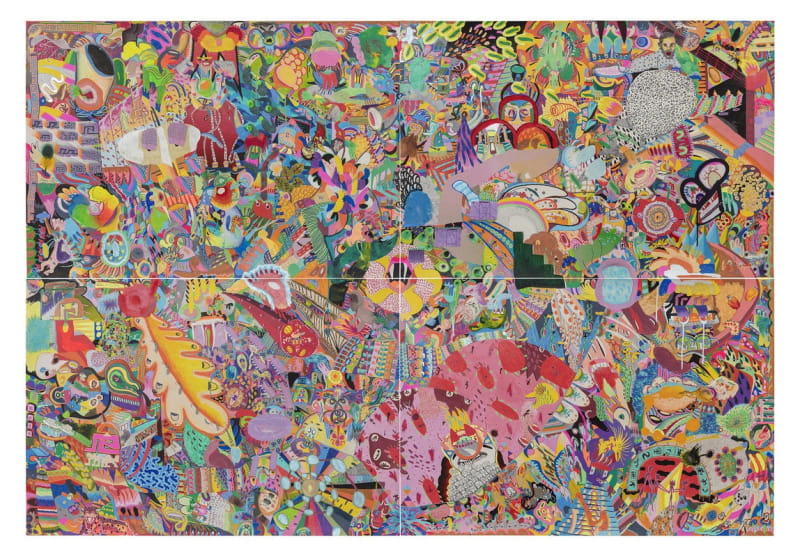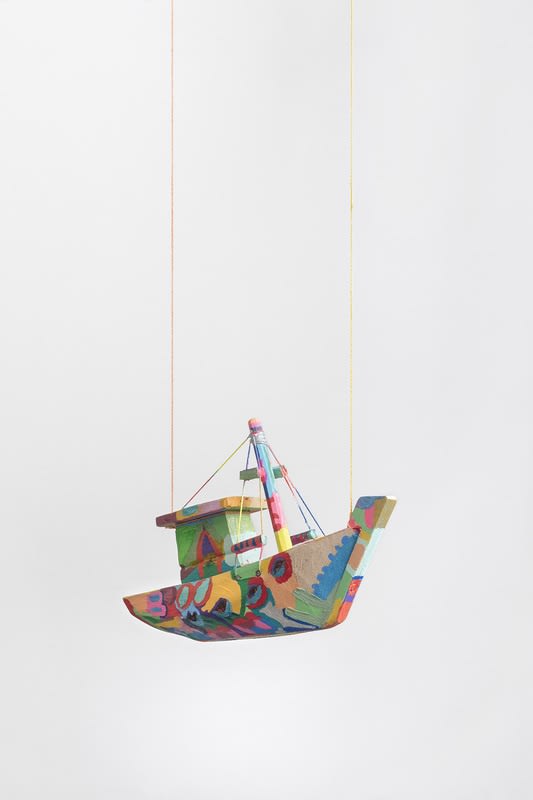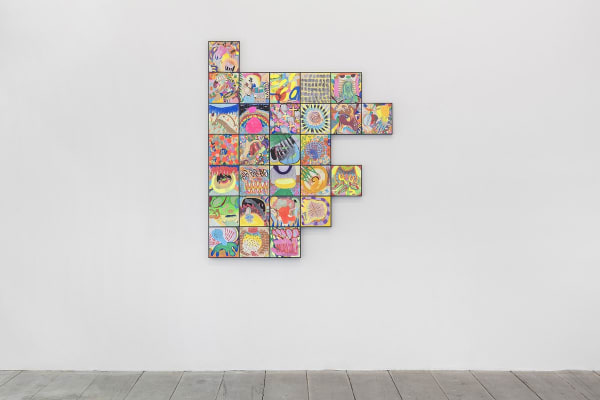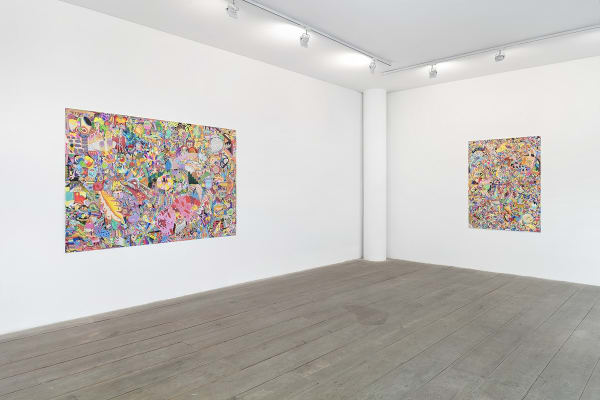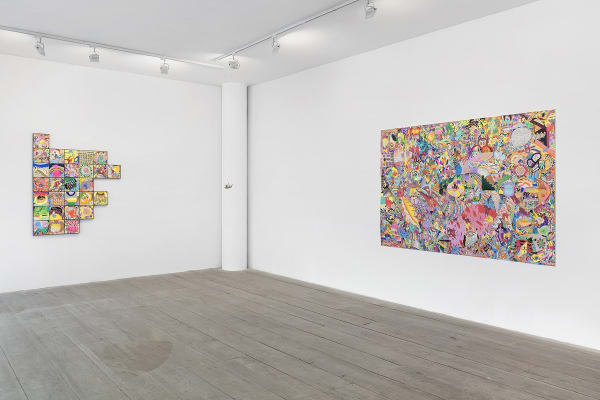Thiago Barbalho: Correspondence
Opening:
August 10, Saturday, from 12pm to 4pm
Exhibiting period:
August 12 to September 14, 2019
Visiting time:
Mondays to Fridays, from 10:30 to 19:00 / Saturdays, from 11:00 to 16:00
Thiago Barbalho presents “CORRESPONDÊNCIA" (CORRESPONDENCE), his first solo exhibition at Galeria Marilia Razuk, comprised of three main drawings of various dimensions using colored pencil, lead pencil, spray, oil, watercolor, oil pastel, and marker on paper, as well as a small sculpture that lends its name to the exhibition.
Thiago studied philosophy, started his career as a writer, and has published a novel, essays, poetry, a book of short stories. He also founded an independent publishing house. The artist set in crisis the limits of the written language,has abandoned the literary work and started pursuing mostly the visual work.
By favoring drawings, Thiago exercises the pictoric gesture while overcoming the limits of the word in order to produce an exploded literature, without hierarchies, extremely intricate compositions, though not planned, in which a multiplicity of images, symbols, and fields of color fuse, creating vibrant, uninterrupted surfaces.
The artist uses the concept of antropotechnique, by the philosopher Peter Sloterdijk, as a self-construct instituted by the human species, in order to understand drawing as a permanent and ancestral technology. His research pursuing the relationship between consciousness and reality sees drawing as a celebratory result of the human presence and their ability to make choices (symbolized in the deliberate action of a trace on paper). Resulting of his researches both in the philosophy of the mind and his ample artisanal repertoire produced by the native peoples of South America, Thiago’s drawing works as a crossing of consciousness and time.
The outcome of his work questions what is a deliberate act (a trace, a scribble) in the current world, while, at the same time, refusing to submit to one reason only, even though it leaves clues of a profusion of symbols from fragmented narratives, articulators of references that go from history to high-and low-brow culture, from philosophy to the everyday life.
